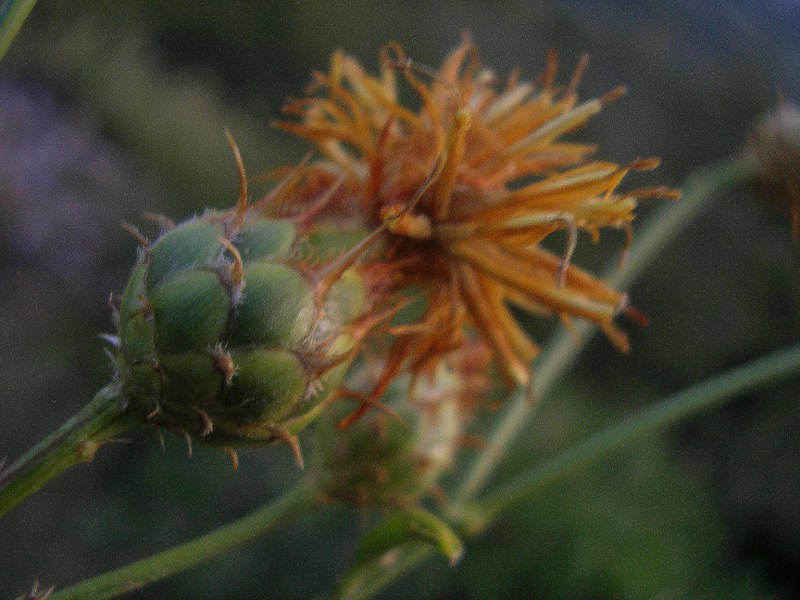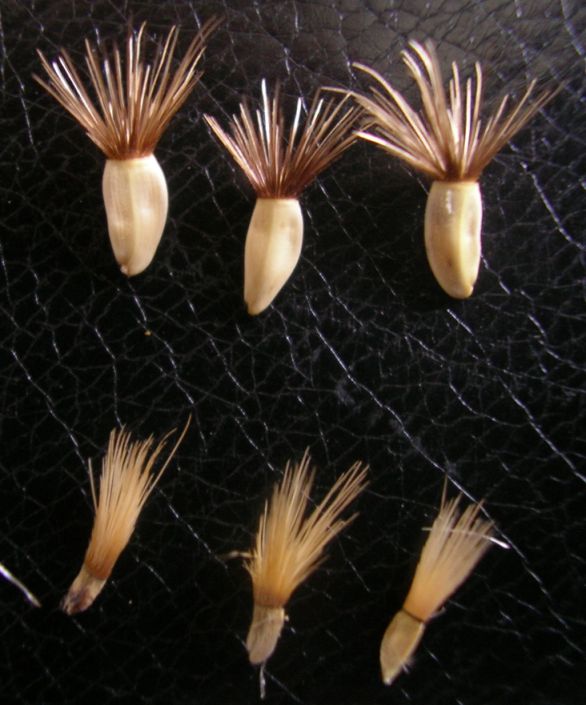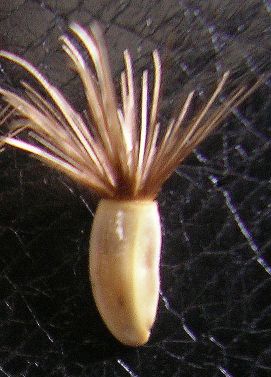home flora of romania endangered species of transylvania endangered habitats of transylvania
Centaurea nicolai Bald.
|
This species (not present in Romania and included here only for biogeographical purposes) is closely related to Centaurea salonitana Vis. though it occupies a much reduced area in Montenegro and northern Albania. Therefore it was firstly considered as a variety of this (Centaurea salonitana Vis. var. lanceolata Vis.) even by the one who first discovered both species (Roberto de Visiani 1800-1878 ).In the Balkans and Asia Minor, though they were supposed and then genetically proved to be the diversification centres of the species of Centaurea from the subgenus Acrocentron (from where two waves of migration then headed for the rest of western Palearctis) there are no common widespread species from the subgenus as in much of Europe, despite the fact that there are here huge areas with habitats proper for them. Instead all the species seem to be more or less randomly located in isolated areas which in turn favored a lot the allopatric speciation in 'founder' relic populations especially in Asia Minor. This is the situation also in Croatia, Montenegro and western Turkey where in the huge mountainous spaces with calcareous rocks which seemingly would offer plenty of space for the development of the populations of Centaurea-Acrocentron there are large empty spaces depleted of these taxa while the isolated remained populations frequently representing local / regional endemic species of subspecies are randomly and luckily discovered continuously even in the present time. The species Centaurea nicolai about which there are no infomation on the internet except for a biochemical study is probably named after and dedicated to Saint Nicholas (Sveta Nicola in Serbian) because of its intial discovery on the calcareous mountain above the monastery bearing its name in Montenegro. This was also our presumption when we had the occasion to spend a few hours in the south-westernmost area of this country during one occasional trip in Croatia. To our much delight we succeed in finding the plant there. The single aspect which was surprising for us was the fact that the pappus in the individuals photographed below is as long as the achena while in Flora Europeaea 4 is described as being twice as long as the achena (as it is also in Centaurea salonitana). Therefore at the first sight we were tempted to consider it as being Centaurea rupestris ssp. finazzeri. However in all subspecies of Centaurea rupestris the appendages of the involucral bracts are very different, this species belongs to another evolutive group in Acrocentron subgenus and its pappus is 1/3-1/2 as long as the achena. We will leave the solving of this problem for a later time. The photographs below were taken in Montenegro, near the village of Zlejeb on 5th of august 2009. dr. Alexandru Badarau, alexandru@transsilvanica.com
|


